Wood Art Pavilion keeps its contents hidden from the world
Labscape’s Wood Art Pavilion is a secluded artist’s retreat in the leafy suburbs of Brussels, blending abstract shapes with natural light
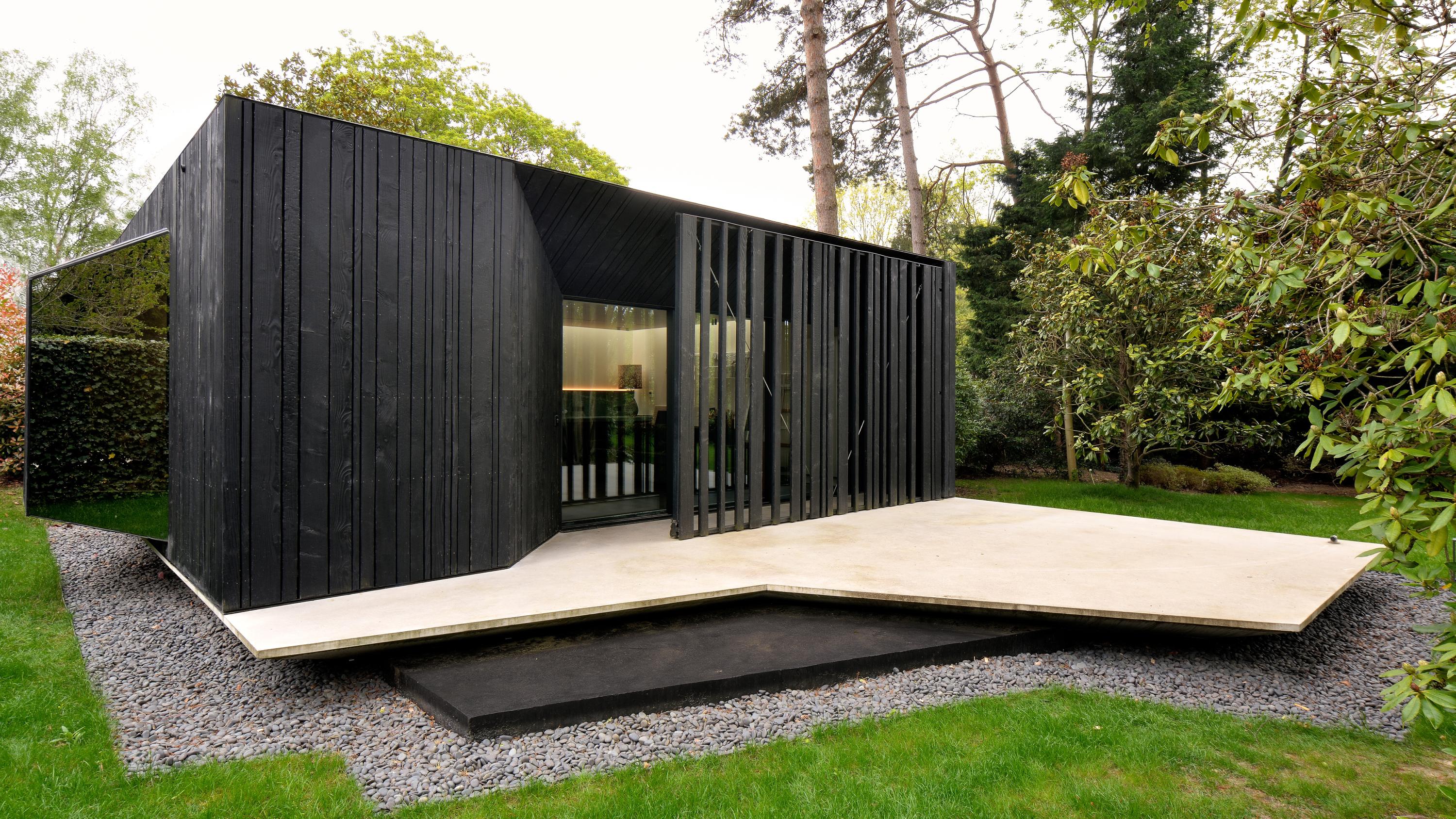
Wood Art Pavilion is a modest, single-storey building set In the lush back garden of the 1934 Villa Nisot in Brussels. Clad in dark timber slats set above an asymmetric plinth, the architectural cabin was designed by dynamic local practice Labscape, and sits discreetly in the grounds of the modernist classic.
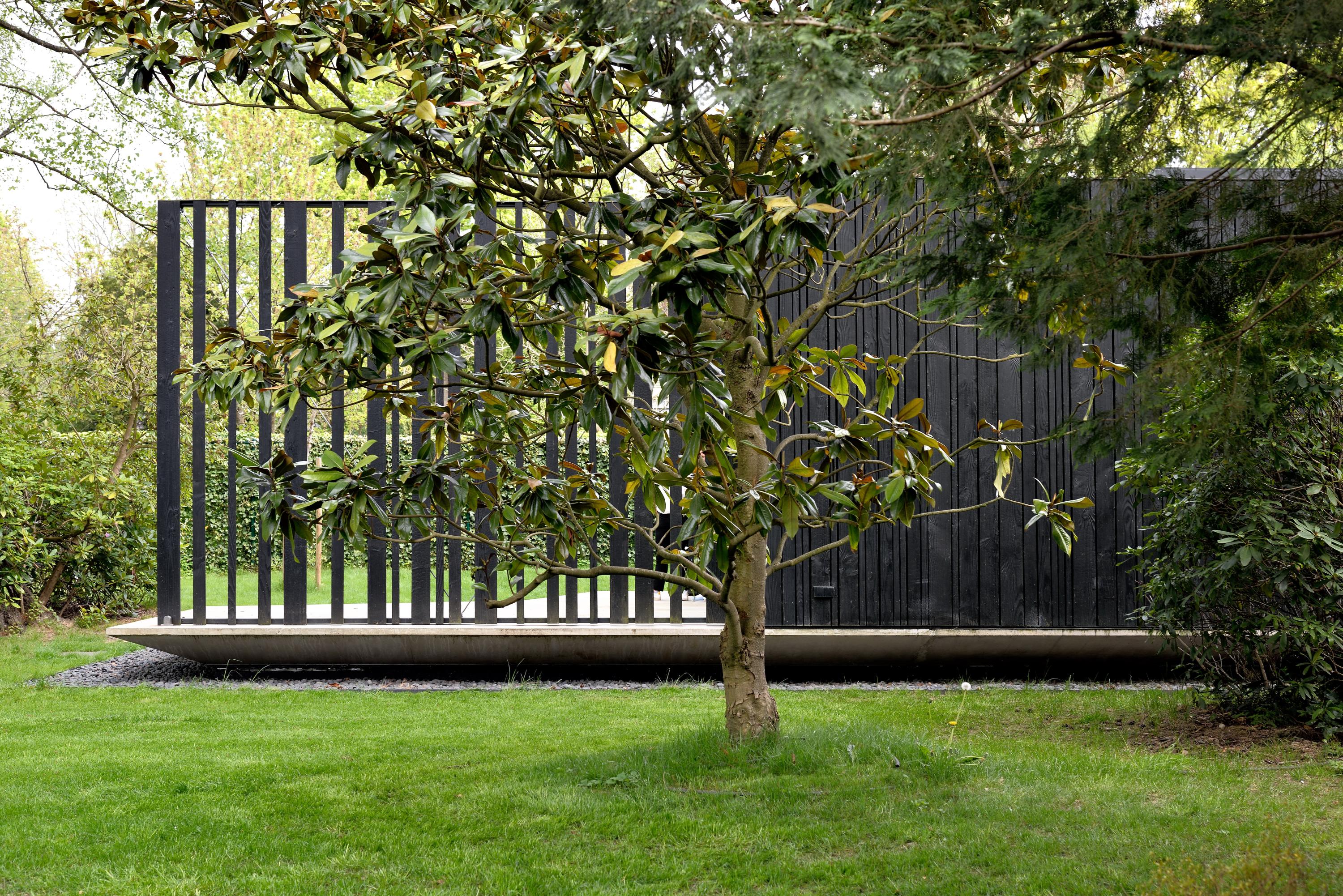
Labscape’s Wood Art Pavilion
Villa Nisot was designed by Louis Herman De Koninck (1896-1984) and is located amid greenery, in the small town of Rhode-Saint-Genèse, about 15km due south of central Brussels. It’s an upscale suburban landscape with a long history of architectural experimentation, including the ultra-modern Villa Dirickz by Marcel Leborgne, completed in 1933.
Labscape, which has offices in Brussels, Pisa, and New York, was founded in 2010 by architects Tecla Tangorra and Robert Ivanov. The firm spent two years restoring and enhancing Villa Nisot, and in the process created this bespoke artist’s pavilion behind the main house.
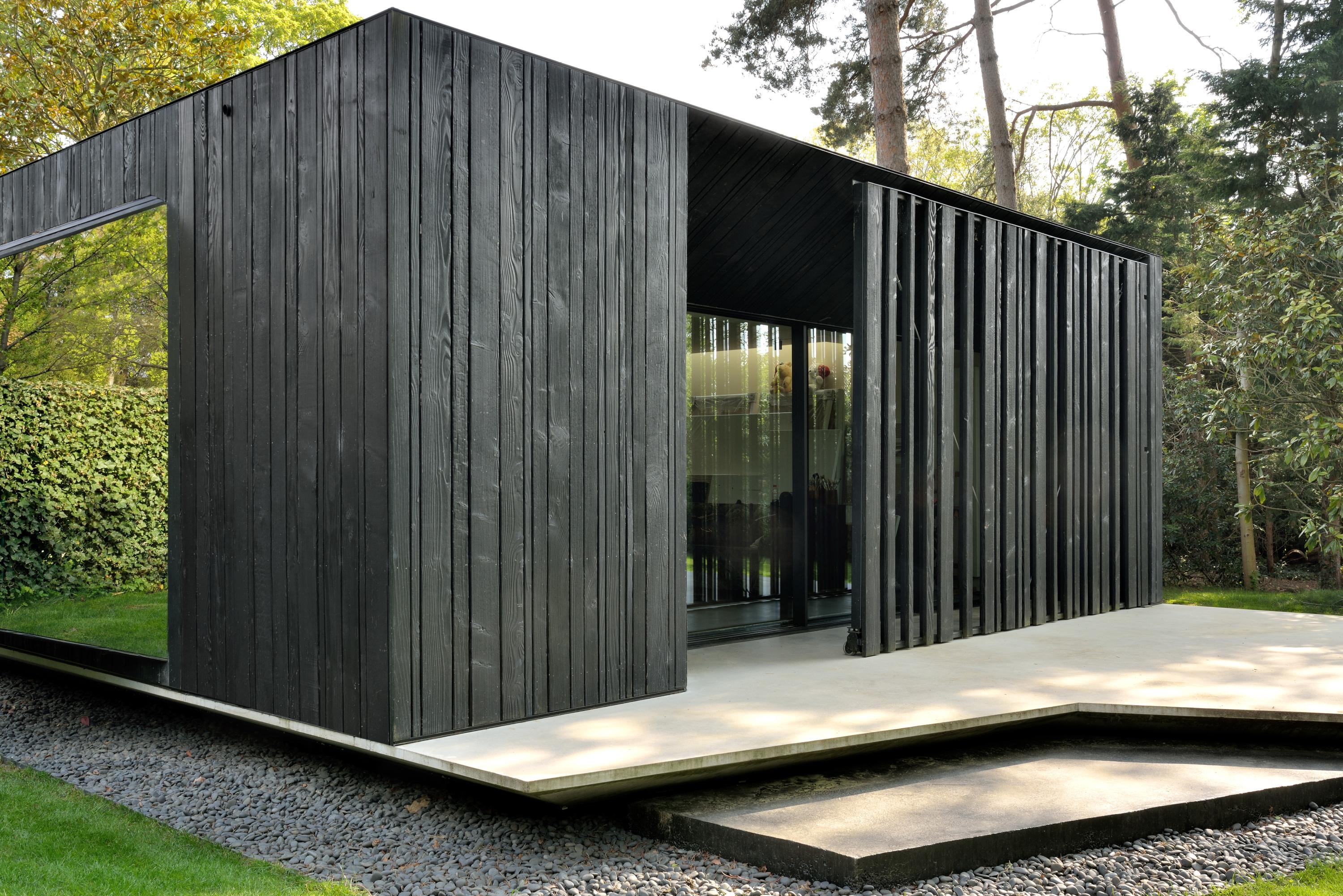
Describing the project as ‘intimate, introvert and hidden architecture’, the architects have set the new building on a layered concrete platform, with the dark bottom layer giving the impression that the studio floats above the lawns. An angled mirrored window juts out of the mysterious black façade, while the entrance is set in a wall of glazing, concealed behind a large folding screen.

This burnt wood panelling is both industrial and agricultural, as well as lending the entire structure a sense of mystery. Two of the façades have no windows at all, giving the structure the appearance of an abstract garden sculpture, a dark object glimpsed through bushes and hedges.

The studio has been designed for a painter, and natural light comes through rooflights set around the edge of the volume. Concealed ceiling-mounted electric lights provide night-time illumination from the same points.
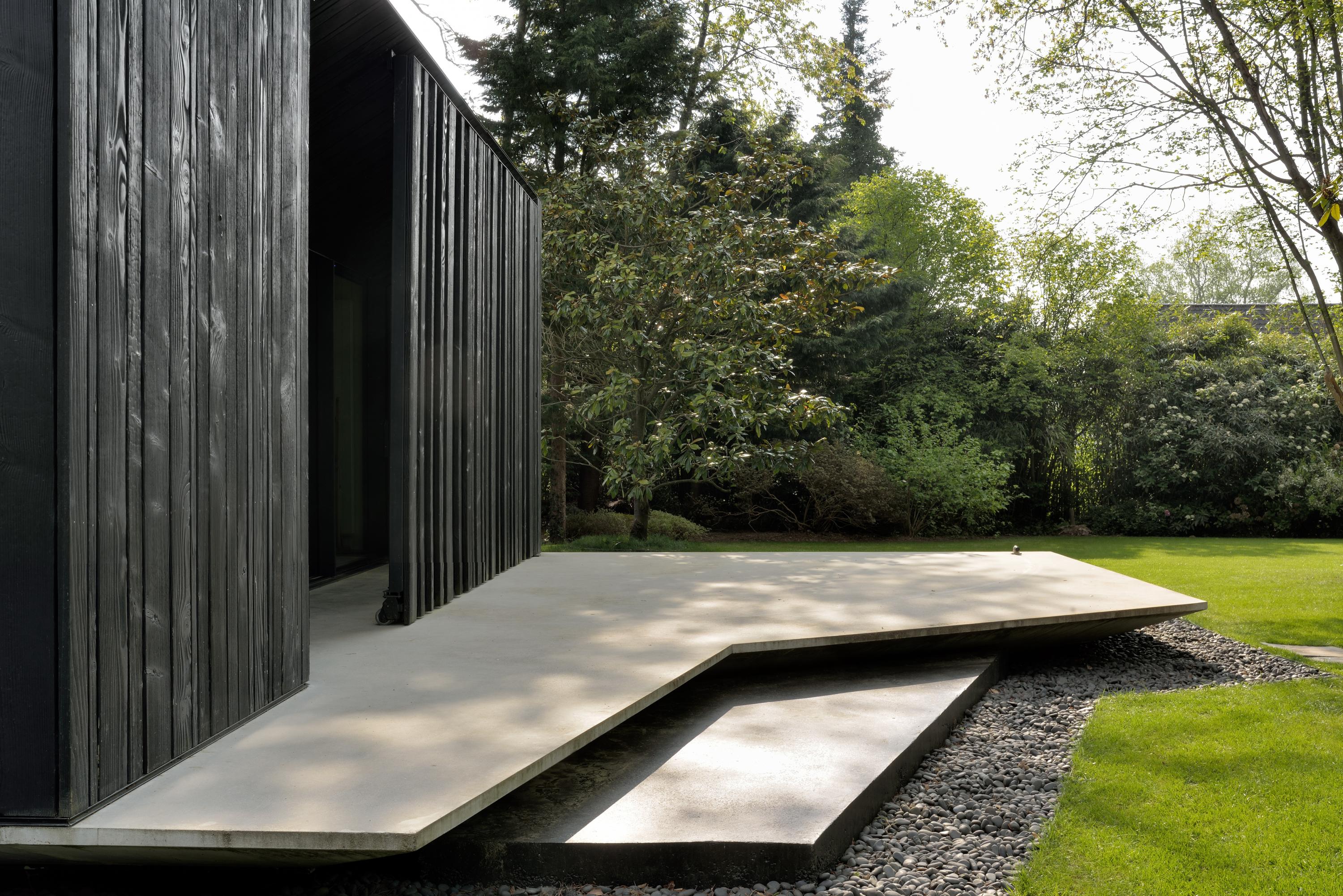
Pared-back materials are juxtaposed with elaborately rich fabrics, most notably on the window seat, while the storage cabinet and clean-up area is built from marine wood and paired with a green marble countertop. Apart from the main studio space, the building houses a small washroom and kitchenette.
Receive our daily digest of inspiration, escapism and design stories from around the world direct to your inbox.

Jonathan Bell has written for Wallpaper* magazine since 1999, covering everything from architecture and transport design to books, tech and graphic design. He is now the magazine’s Transport and Technology Editor. Jonathan has written and edited 15 books, including Concept Car Design, 21st Century House, and The New Modern House. He is also the host of Wallpaper’s first podcast.
-
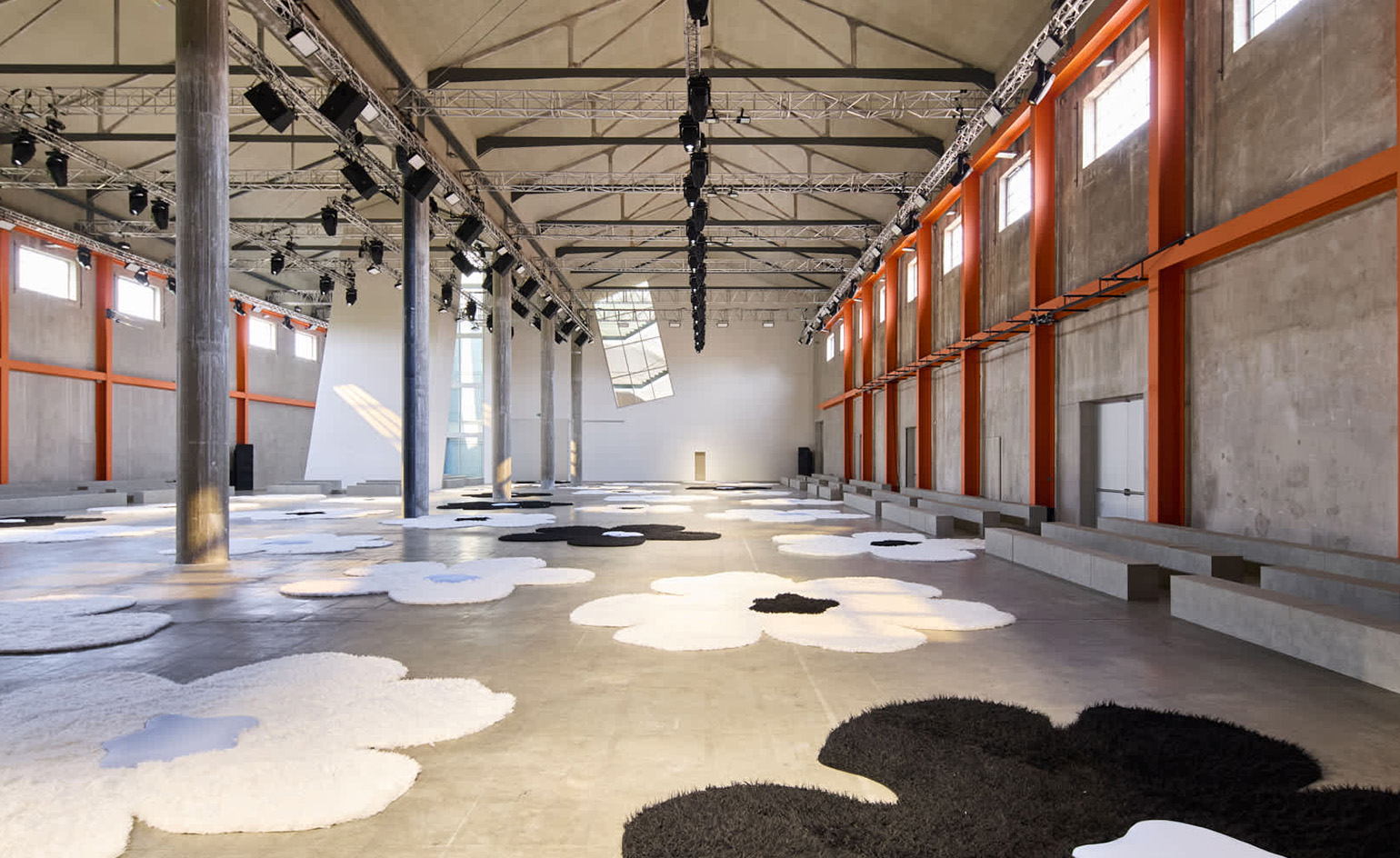 Let there be light: a closer look at Prada’s stripped-back S/S 2026 show set
Let there be light: a closer look at Prada’s stripped-back S/S 2026 show set‘This is the first time the Fondazione is completely bare, with the light coming in,’ said Raf Simons backstage at Prada’s ‘light, fresh, colourful’ and ‘human’ S/S 2026 men’s show in Milan
-
 A Swedish scooter blends Teenage Engineering’s aesthetic with accessible electric mobility
A Swedish scooter blends Teenage Engineering’s aesthetic with accessible electric mobilityThe EPA1 Scooter is the first product from mobility start-up Vässla, an assured and flexible design shaped in conjunction with TE to assist everyday urban mobility
-
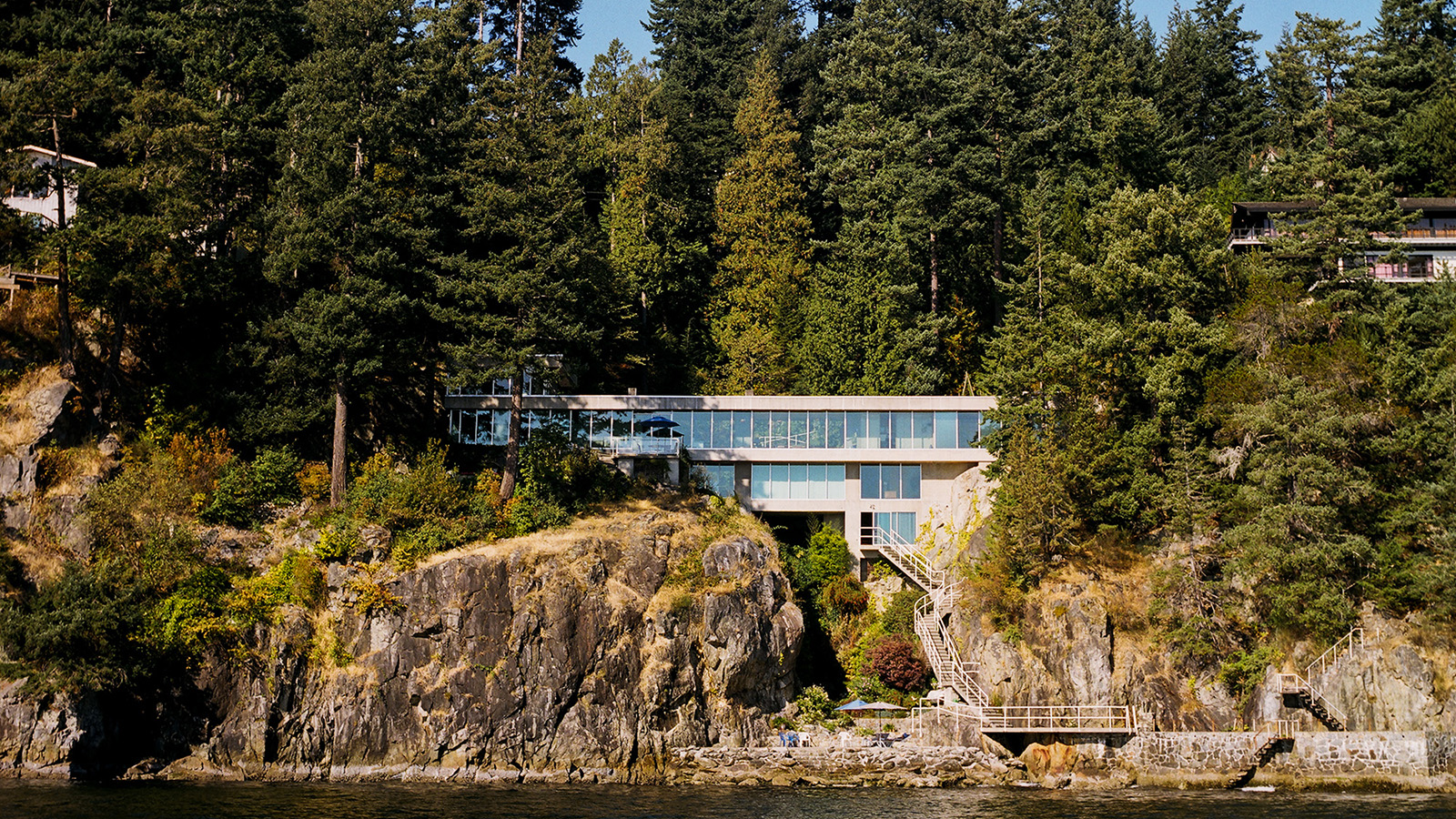 Discover Canadian modernist Daniel Evan White’s pitch-perfect homes
Discover Canadian modernist Daniel Evan White’s pitch-perfect homesCanadian architect Daniel Evan White (1933-2012) had a gift for using the landscape to create extraordinary homes; revisit his story in an article from the Wallpaper* archives (first published in 2011)
-
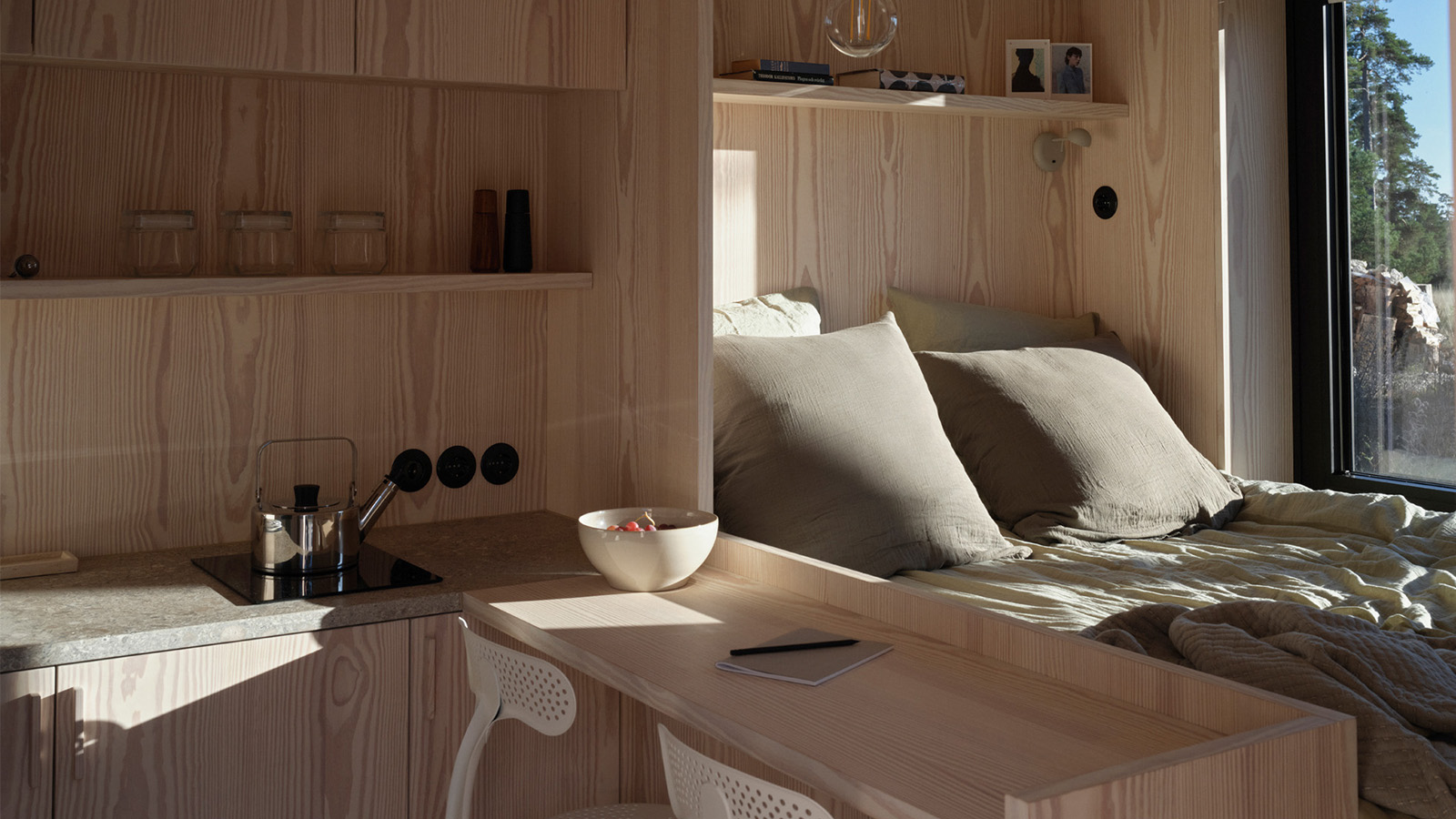 ‘Close to solitude, but with a neighbour’: Furu’s cabins in the woods are a tranquil escape
‘Close to solitude, but with a neighbour’: Furu’s cabins in the woods are a tranquil escapeTaking its name from the Swedish word for ‘pine tree’, creative project management studio Furu is growing against the grain
-
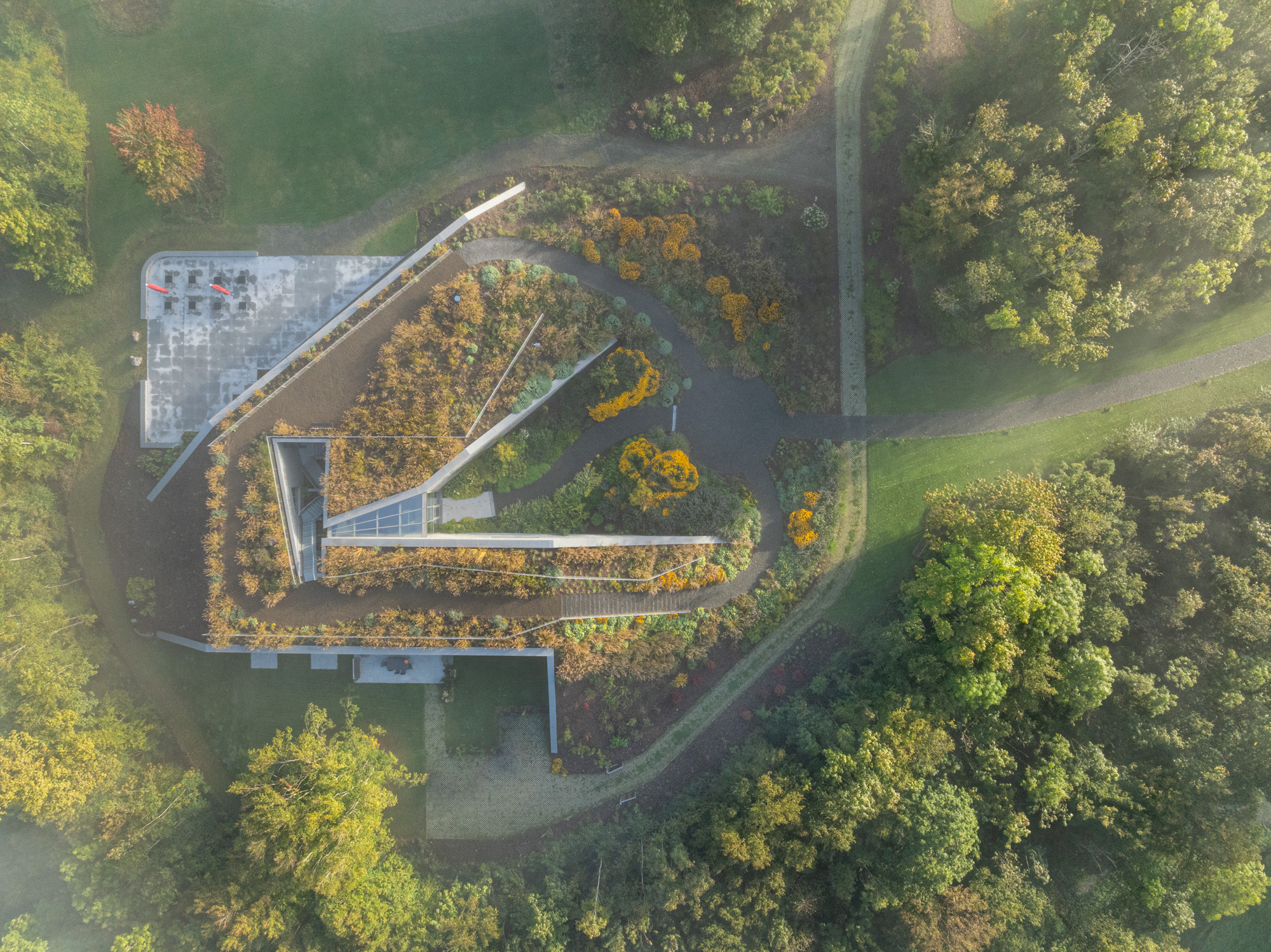 Tour Marche Arboretum, a new 'museum' of plants in Belgium
Tour Marche Arboretum, a new 'museum' of plants in BelgiumMarche Arboretum is a joyful new green space in Belgium, dedicated to nature and science – and a Wallpaper* Design Award 2025 winner
-
 Wallpaper* Design Awards 2025: celebrating architectural projects that restore, rebalance and renew
Wallpaper* Design Awards 2025: celebrating architectural projects that restore, rebalance and renewAs we welcome 2025, the Wallpaper* Architecture Awards look back, and to the future, on how our attitudes change; and celebrate how nature, wellbeing and sustainability take centre stage
-
 Step through Rubenshuis’ new architectural gateway to the world of the Flemish painter
Step through Rubenshuis’ new architectural gateway to the world of the Flemish painterArchitects Robbrecht en Daem’s new building at Rubenshuis, Antwerp, frames Rubens’ private universe, weaving a modern library and offices into the master’s historic axis of art and nature
-
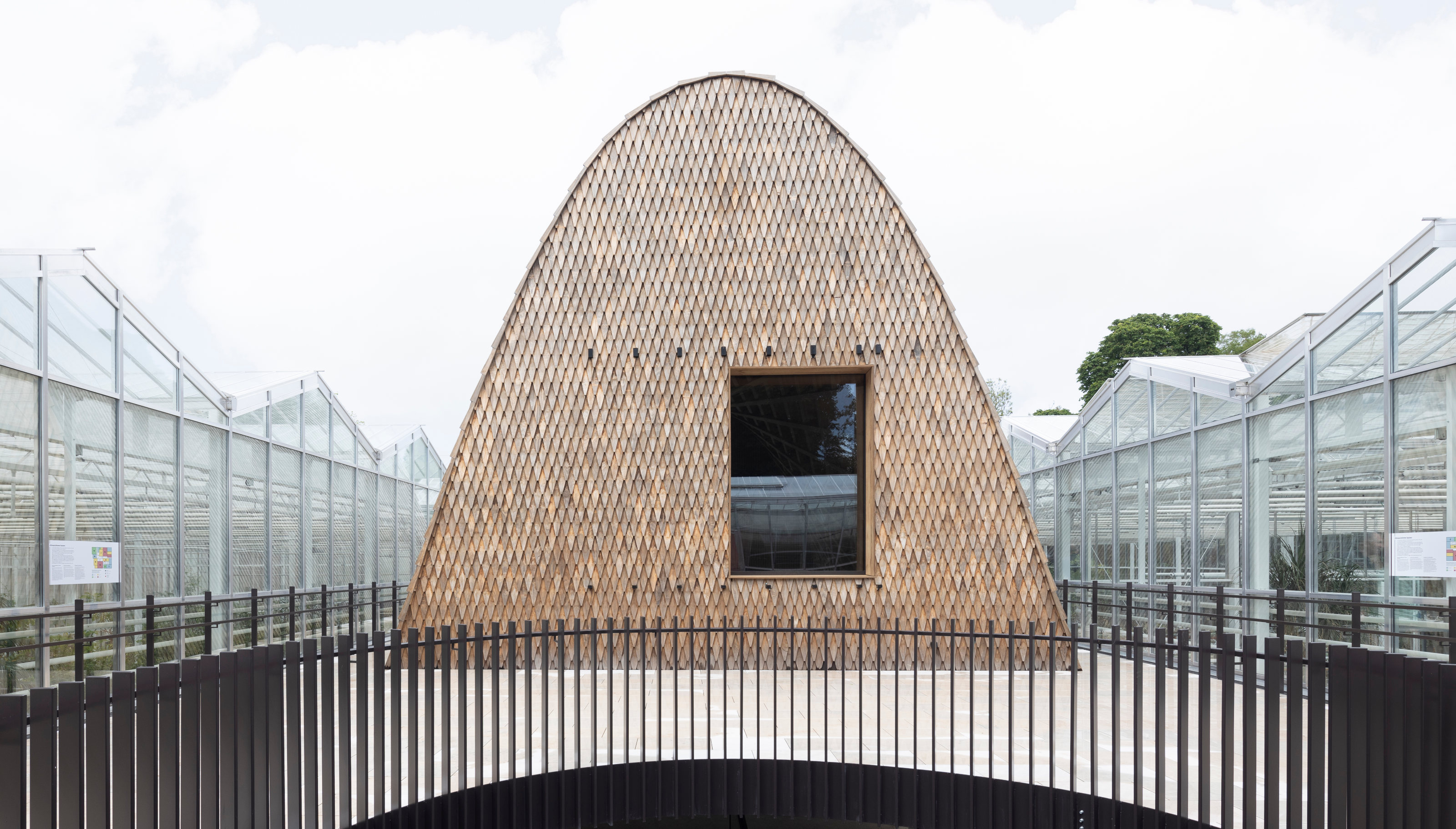 Green Ark, a new garden pavilion from modified softwood, is conceived for plant conservation
Green Ark, a new garden pavilion from modified softwood, is conceived for plant conservationThe Green Ark, set in the heart of Belgium's Meise Botanic Garden, is an ultra-sustainable visitor pavilion by NU Architectuur Atelier
-
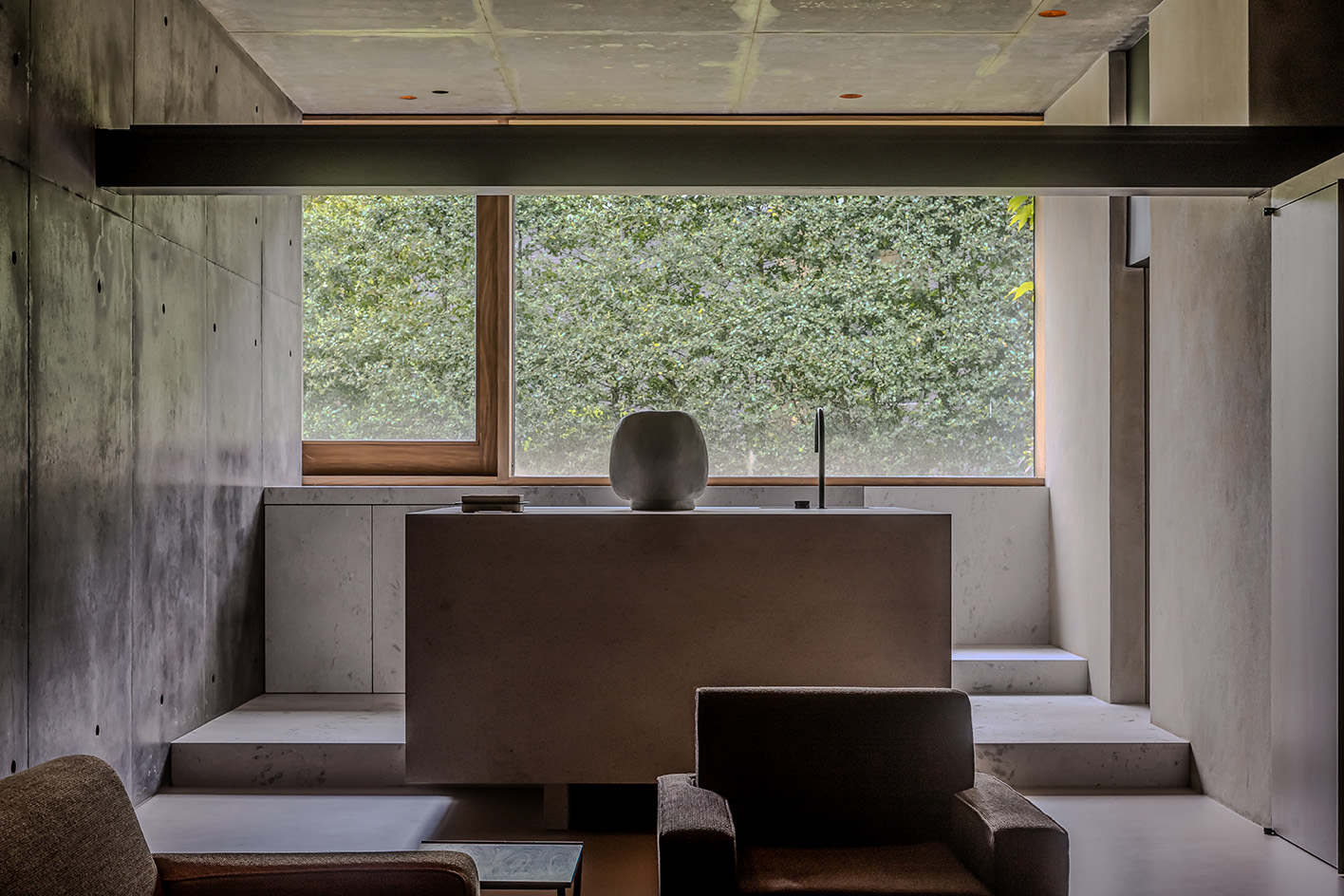 Residence Norah is a modernist Belgian villa transformed to its owner’s needs
Residence Norah is a modernist Belgian villa transformed to its owner’s needsResidence Norah by Glenn Sestig in Belgium’s Deurle transforms an existing gallery space into a flexible private meeting area that perfectly responds to its owner’s requirements
-
 Bruges Triennial 2024 takes over the city with contemporary art and architecture
Bruges Triennial 2024 takes over the city with contemporary art and architectureBruges Triennial 2024, themed 'Spaces of Possibility', considers sustainability and liveability within cities, looking towards a greener future
-
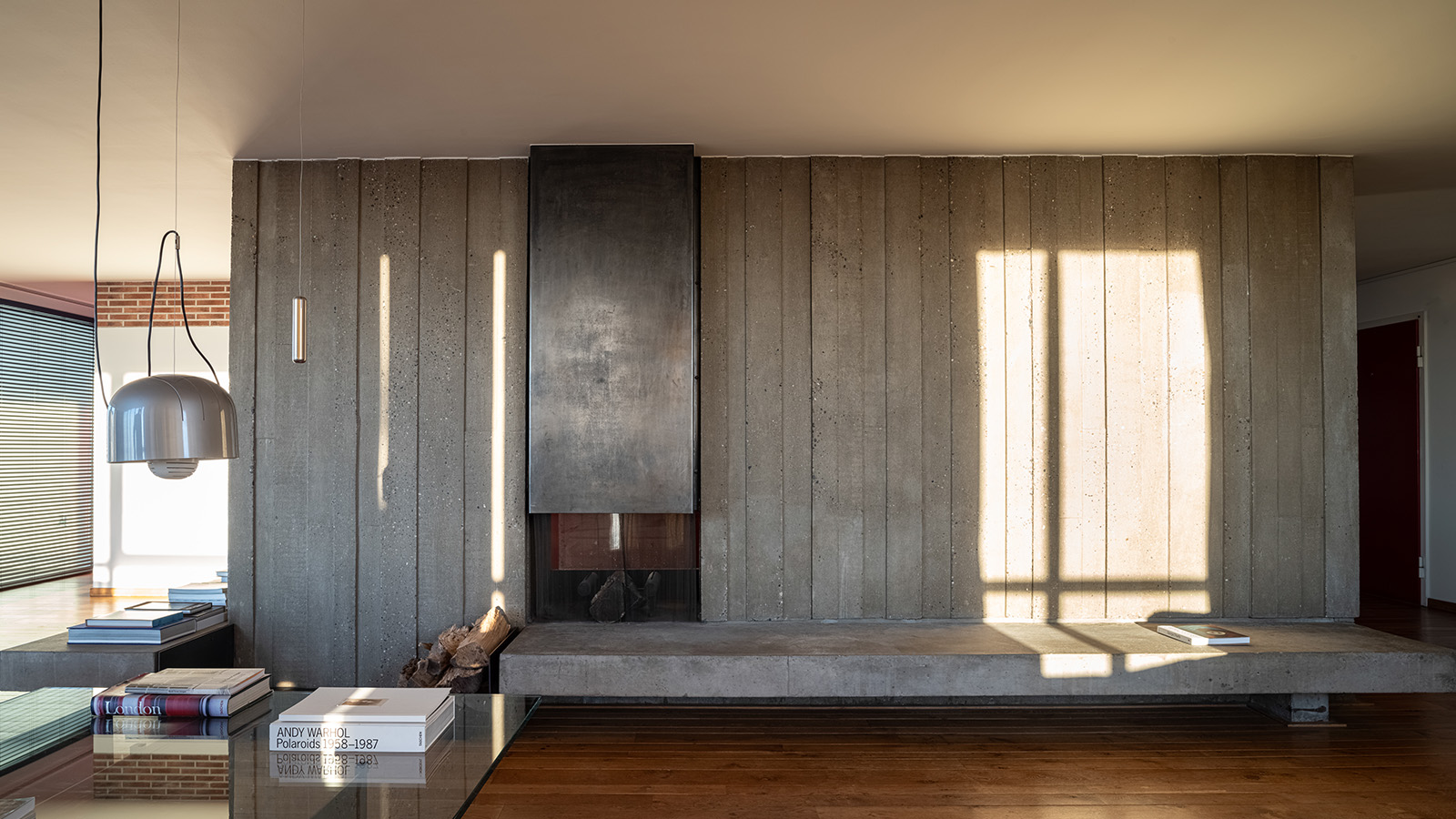 ‘Interior sculptor’ Christophe Gevers’ oeuvre is celebrated in new book
‘Interior sculptor’ Christophe Gevers’ oeuvre is celebrated in new book‘Christophe Gevers’ is a sleek monograph dedicated to the Belgian's life work as an interior architect, designer, sculptor and inventor, with unseen photography by Jean-Pierre Gabriel